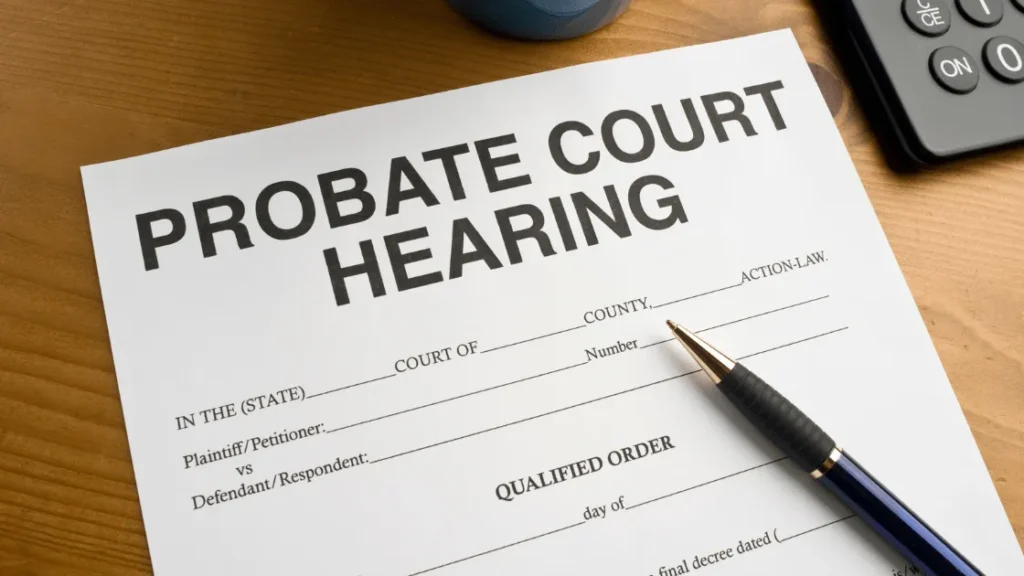The probate process in Texas is often a detailed and multifaceted undertaking, especially when real estate is involved. The situation becomes even more complicated when the property includes right-of-way (ROW) issues. These ROW issues introduce legal complexities that can affect the estate’s value, usability, and the overall probate process. This comprehensive guide provides an in-depth look at navigating the probate of real estate with ROW issues in Texas, offering valuable insights for executors, beneficiaries, and legal professionals.
Understanding the Texas Probate Process
What is Probate?
Probate is the legal process that occurs after an individual’s death to settle their estate. It involves validating the will, appointing an executor, paying off debts and taxes, and distributing the remaining assets to the beneficiaries. In Texas, probate is typically required unless specific actions are taken to avoid it, such as the use of a transfer-on-death deed.
The main steps in the Texas probate process include:
- Filing a Probate Application: This is the formal initiation of the probate process. The executor or an interested party files a probate application with the probate court in the county where the deceased person resided.
- Validating the Will: The court reviews the will to ensure it meets Texas legal standards and was properly executed.
- Appointing an Executor or Administrator: If the deceased had a will, the executor named in the will is appointed. If no will exists, the court appoints an administrator to handle the estate.
- Inventory and Appraisal: The executor is responsible for compiling an inventory of the estate’s assets, including real estate, and appraising their value.
- Paying Debts and Taxes: Before assets can be distributed, the estate must pay any outstanding debts and taxes.
- Distributing Assets: Once debts and taxes are settled, the remaining assets are distributed according to the terms of the will or, if no will exists, according to Texas intestacy laws.

Real Estate in Probate
Real estate often represents a substantial portion of an estate’s value. The inclusion of real property in probate adds layers of complexity, particularly when right-of-way issues are present. These issues can affect the property’s value, its usability, and the ease with which it can be transferred to beneficiaries.
Right-of-Way (ROW) Issues: An Overview
What is a Right-of-Way?
A right-of-way (ROW) is a legal right granted to an individual, organization, or the public to pass through or use another person’s land for a specific purpose. ROWs are commonly associated with:
- Utility Access: Utility companies often need ROWs to install and maintain infrastructure such as power lines, gas pipelines, and water lines.
- Neighboring Properties: ROWs may provide access for neighboring properties, especially if they are landlocked or require access to public roads.
- Public Roads and Sidewalks: Public ROWs allow for the creation and maintenance of roads, sidewalks, and pathways that pass through private property.
Types of ROWs and Their Legal Implications
ROWs can be created in various ways:
- Easements by Express Grant: These are explicitly granted through a written agreement or deed.
- Easements by Prescription: These arise when a person uses the land openly, continuously, and without permission for a period defined by state law, which in Texas is typically ten years.
- Statutory Easements: Created by law, these are often related to public utilities or transportation needs.
ROWs can significantly impact the value, usability, and marketability of a property. They may limit how the property can be used and affect its overall worth.
Legal Steps in Probate Involving ROW Issues
Step 1: Identifying ROW Issues
The first step in dealing with ROW issues during probate is identifying them. This requires:
- Reviewing Legal Documents: Executors should review deeds, title reports, and any existing easements to identify recorded ROWs.
- Conducting a Property Survey: An updated survey can reveal any unrecorded ROWs or easements.
- Consulting Legal Experts: Attorneys experienced in real estate and probate law can provide essential guidance in interpreting ROW documentation and understanding its implications.

Step 2: Disclosure and Documentation
Transparency is crucial when managing ROW issues. Executors must ensure that all ROW details are fully disclosed:
- Filing an Estate Inventory: The inventory submitted to the probate court should include detailed descriptions of any ROWs and their potential impact on the property.
- Notifying Beneficiaries: Beneficiaries should be informed about any ROW issues, how they affect the property, and potential implications for its value and usability.
Step 3: Resolving ROW Disputes
Disputes over ROWs can arise, particularly if the terms are unclear or contested. Resolving these disputes is essential for moving forward with probate:
- Negotiation: Executors may attempt to resolve disputes directly with ROW holders through negotiation.
- Mediation: If direct negotiation fails, mediation can help parties reach a mutually acceptable agreement.
- Litigation: In cases where disputes cannot be resolved through negotiation or mediation, legal action may be necessary. This can be a lengthy and costly process, but it may be required to clear up ROW issues.
Step 4: Assessing and Managing Property Value
ROW issues can significantly impact a property’s market value. Executors must consider these impacts carefully:
- Adjusting Property Appraisals: Property appraisals should take into account the presence of ROWs and their effect on the property’s value.
- Consulting Real Estate Professionals: Real estate experts can provide valuable insights into how ROW issues may affect the property’s marketability and suggest strategies for selling or managing the property.
Step 5: Finalizing Probate and Distributing Assets
After resolving ROW issues, the probate process can move toward completion:

- Updating Legal Documents: All legal documents, including the deed, should be updated to reflect the resolution of ROW issues.
- Property Transfer: The property can be legally transferred to beneficiaries or sold, with all ROW issues clearly documented and disclosed.
Challenges and Considerations in Managing ROW Issues
Legal Complexities
ROW issues can introduce significant legal complexities into the probate process. Executors must navigate these complexities carefully, often requiring the assistance of legal professionals well-versed in both probate and real estate law.
Potential Delays
ROW issues can cause delays in the probate process. Executors should be prepared for these potential delays and communicate openly with beneficiaries to manage expectations.
Financial Implications
Resolving ROW issues can incur additional costs, including legal fees, survey expenses, and potential impacts on the property’s value. Executors should budget for these costs and plan estate finances accordingly.
Impact on Beneficiaries
ROW issues can affect the overall distribution of assets to beneficiaries. If the value of a property is significantly reduced due to ROW issues, it may impact the inheritance of the beneficiaries.
Conclusion
The probate process for real estate with right-of-way issues in Texas requires careful management and a thorough understanding of both probate and real estate law. Executors must be diligent in identifying, disclosing, and resolving ROW issues to ensure a smooth and fair probate process. By seeking professional guidance and approaching the process with transparency and diligence, executors can protect the interests of all parties involved and ensure that the deceased’s wishes are honored. This comprehensive guide aims to provide clarity and direction for those navigating the complexities of probating real estate with ROW issues, ultimately leading to a fair and equitable resolution that benefits all stakeholders.








